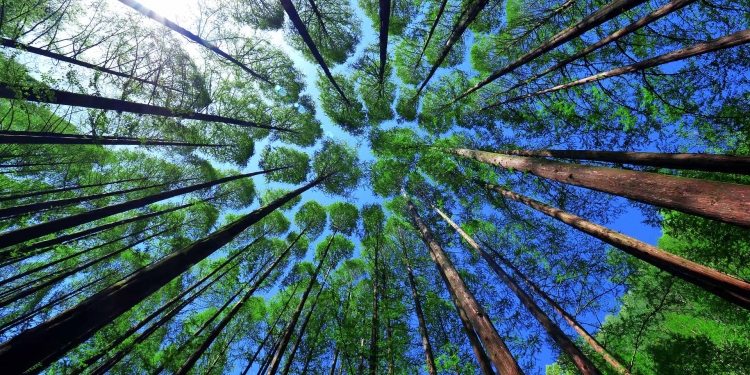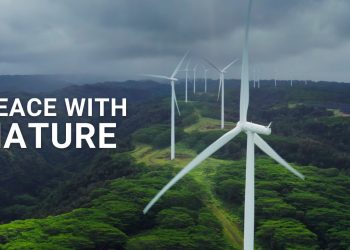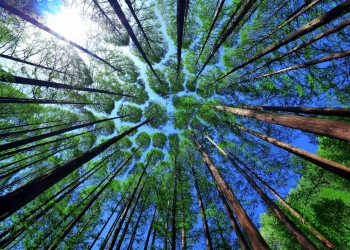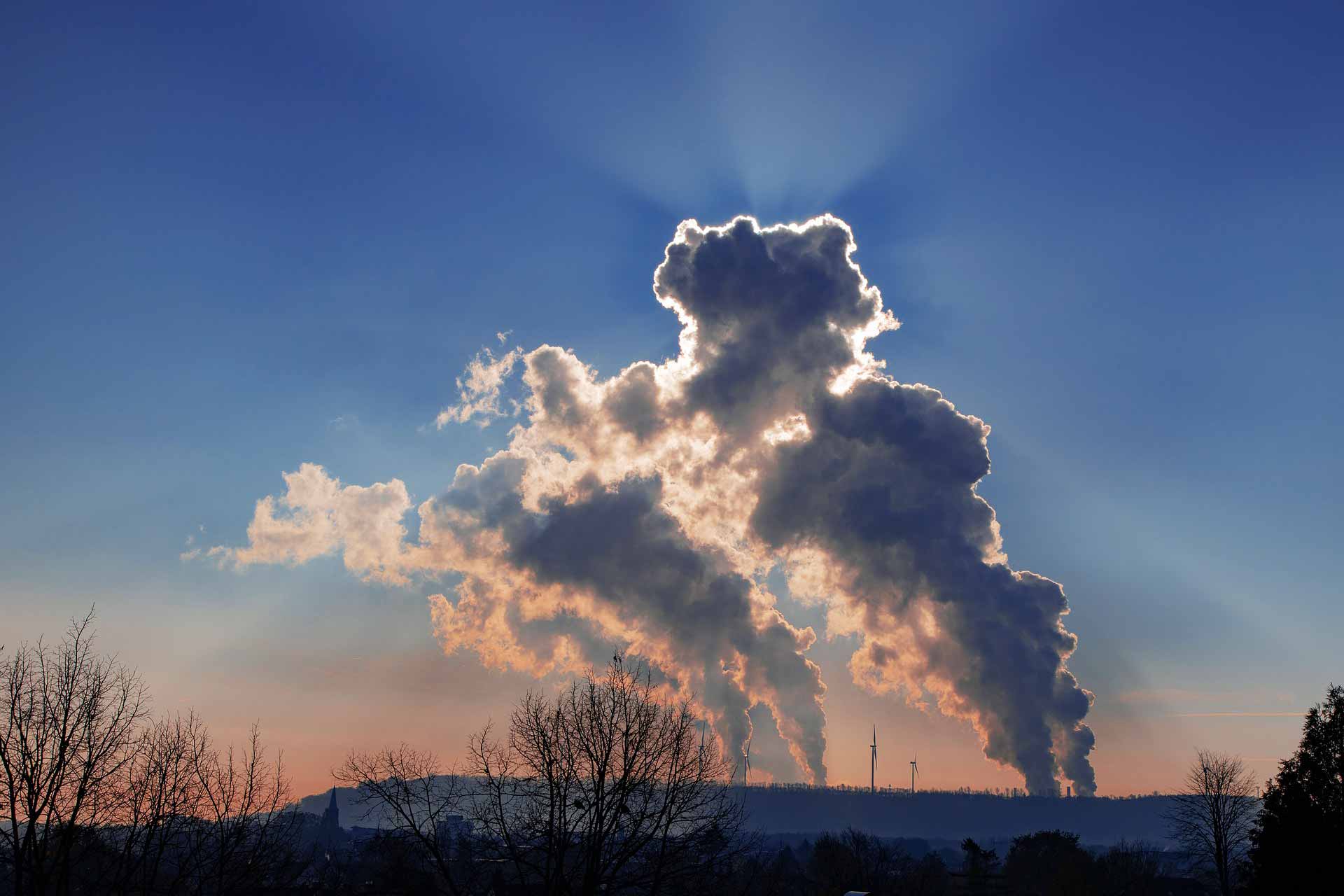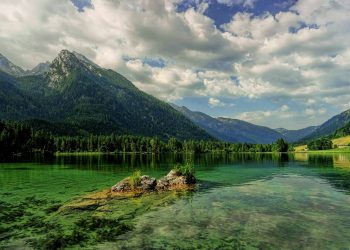Dangerous climate change is not just something that might happen in the future. It is visibly happening now and it is rapidly getting worse. Tropical forests will soon change from slowing climate change to potentially accelerating it. According to a high profile study from an international team of researchers, the acceleration of climate change’s effects have turned tropical forests to deny trapping CO2.
Tropical Forests – Carbon Storages
Forests are global centres of biodiversity and carbon storage. Many tropical countries aspire to protect forest to fulfil biodiversity and climate mitigation policy targets. The conservation strategies needed to achieve these two functions depend critically on the tropical forest tree diversity-carbon storage relationship. Assessing this relationship is challenging due to the scarcity of inventories. Carbon stocks in aboveground biomass and species identifications have been simultaneously and robustly quantified.

Study co-author Dr Martin Sullivan, Lecturer in Statistical Ecology from Manchester Metropolitan University, was part of the international team. This Team tracked 300,000 trees in more than 500 forest patches in Africa and the Amazon for over 30 years.
My research investigates how tropical forests respond to global change by analysing pan-tropical patterns in forest dynamics. Previously, my work focused on modelling the spread and impacts of non-native species and understanding the drivers of change in UK bird communities.
Martin Sullivan, Lecturer in Statistical Ecology, Manchester Metropolitan University
Forests under threat
Deforestation – Forest Degradation
Biodiversity is threatened by the loss of natural habitats and climate change. Tropical forests are under particular pressure, whilst also being the most diverse biomes on the planet. The threats manifest themselves in the form of deforestation and forest degradation. Deforestation is a particular concern in tropical rain forests because these forests are home to much of the world’s biodiversity.
Previous studies investigating the tree diversity-carbon stock relationship in tropical forests have reported a positive relationship at fine spatial scales. Here researchers analysed a unique dataset of 360 inventory plots across the three major tropical forest blocs in the Americas, Africa, and the Sundaland biogeographic region in Southeast Asia (subsequently referred to as Asia).
Pan-tropical Dataset collection
Climate Change: Can we hack climate to save us all?
By analysing a large, standardised, pan-tropical dataset of inventory plots scientists were able to explore large-scale patterns in tropical forest above-ground carbon stocks per unit area and tree diversity, and the large-scale and fine-scale relationships between the two. Carbon and diversity both exhibit remarkable variation across the tropical forest biome. Each continent has a distinctive signature of alpha diversity, beta diversity and carbon-density, and tropics-wide it is possible to find all combinations of diversity and carbon. Yet, these two fundamental attributes of tropical forests are also found to be largely unrelated to one another among stands, whether analysed among-continents or within each one.
This new study – published in and featured on the cover of Nature, the leading international weekly journal of science – highlights that the overall uptake of carbon into Earth’s intact tropical forests peaked in the 1990s. Carbon stocks increased with a functional dominance of species.
Dr Sullivan mentioned: The carbon dioxide we emit into the atmosphere boosts tree growth, meaning that forests act as a carbon sink. But our results indicate that the tropical forests carbon sink is reaching saturation point.

In the 1990s intact tropical forests removed roughly 46 billion tonnes of carbon dioxide from the atmosphere, declining to an estimated 25 billion tonnes in the 2010s. While this represented 17% of human-made carbon dioxide emissions in the 1990s, it was 6% in the 2010s. The lost sink capacity in the 2010s compared to the 1990s is 21 billion tonnes carbon dioxide, equivalent to a decade of fossil fuel emissions from the UK, Germany, France and Canada combined. These long-term trends are matched by worrying predictions for the future.
Differences between Continents
According to the study typical Amazonian forests are exposed to higher temperatures, faster temperature increases and more regular and severe droughts than African forests. Despite the decline in the ability of tropical forests to take in more carbon, the authors stress that forests are still huge reservoirs of carbon, storing 250 billion tonnes of carbon in their trees alone. Stabilising Earth’s climate is necessary to stabilise the carbon balance of intact tropical forests. The study was a collaboration between a global network of scientists from 94 institutions, including 34 institutions in Africa.
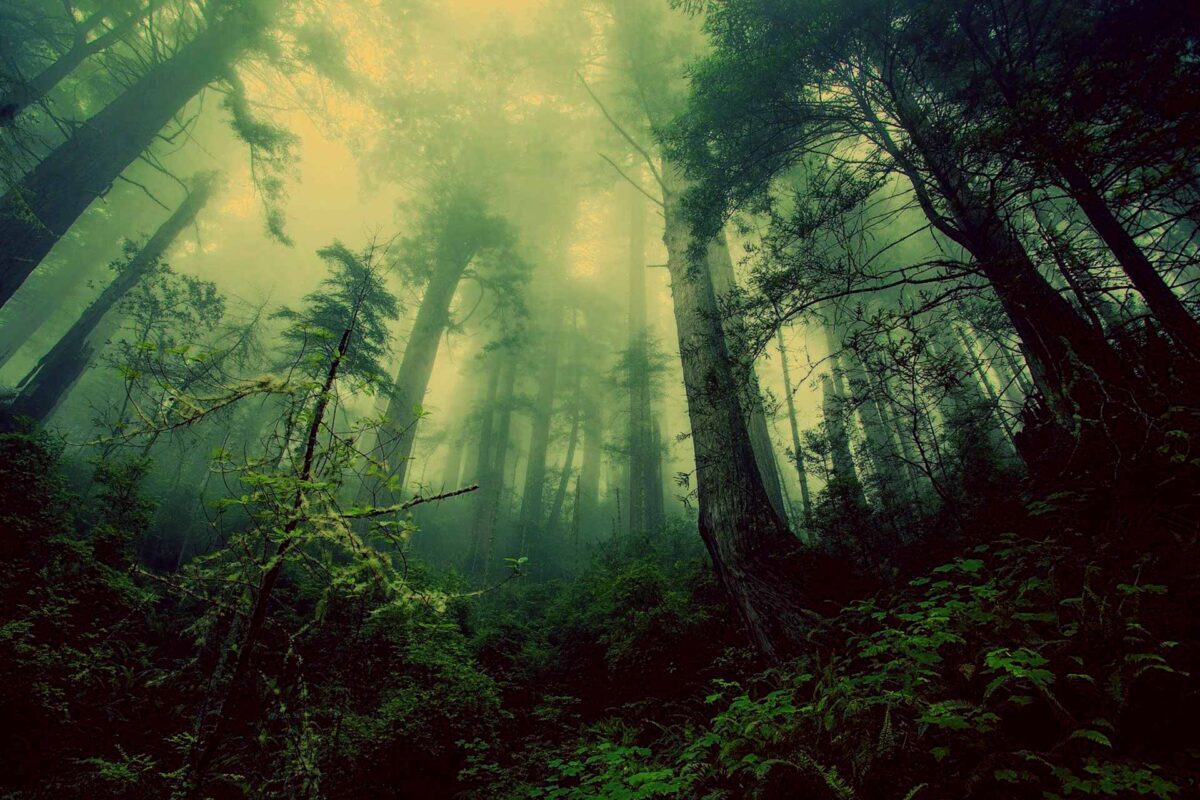
Tropical Forests
Deforestation – Biodiversity
Deforestation is a particular concern in tropical rain forests because these forests are home to much of the world’s biodiversity. For example, in the Amazon around 17% of the forest has been lost in the last 50 years. Forests lost mostly due to forest conversion for cattle ranching. Deforestation in this region is particularly rampant near more populated areas, roads and rivers. Even remote areas have been encroached upon when valuable mahogany, gold, and oil are discovered.
It is clear that there is now quite widespread public awareness of the fact that climate change is a reality and a serious threat to the future of humanity.

